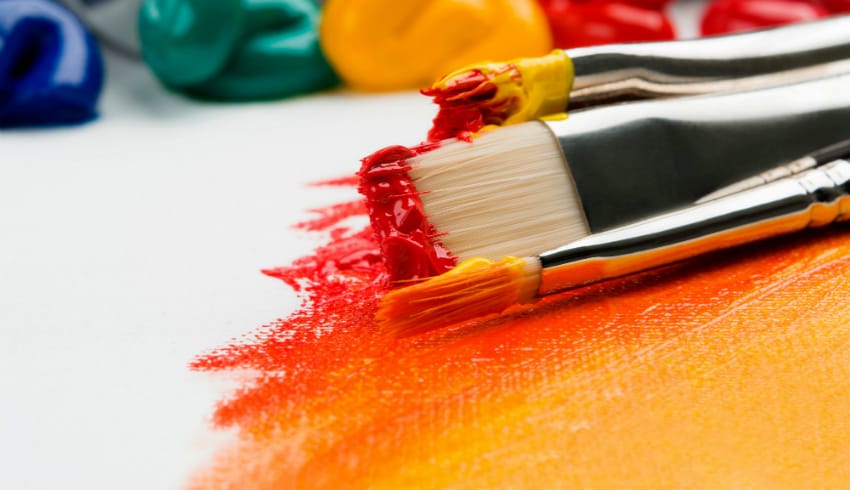What is art law?
This area of law involves the resolution of disputes and legal problems in the context of art and the wider art industry. Depending on how you wish to define art, cases could involve working directly with artists and cultural institutions, to musicians, content creators and government bodies.
What does art law involve?
Art law cases can vary drastically from copyright infringements to provenance disputes and spoliation issues. Provenance relates to tracing back the chronology of a historical object to help determine the rightful owner of a particular artefact. This has become increasingly relevant in light of spoliation cases, in which individuals or their heirs, who lost ownership of a cultural object during the Nazi era, have launched claims against cultural institutions in possession of their looted art. However, similar cases have arisen outside the context of the Nazi regime—for example, in relation to colonialism.
Consequently, art lawyers are required to be well-versed in several legal areas such as business and employment law, intellectual property, contractual agreements and negotiation strategies, nonprofit incorporation, issues belonging to censorship, free speech and privacy.
It is worth figuring out your preferred legal area of interest within the realm of art law—trust and estates, free speech, intellectual property, or non-profits—in order to narrow down an otherwise expansive area of law. As an art lawyer, you will be advising clients on the use of copyrighted material, drafting consignment agreements with art dealers and work-for-hire agreements, commissioning contracts for public art or setting up limited liability corporations for artists, to name but a few pursuits.
What skills do I need?
Art law is a relatively niche area of law, so most art lawyers start their careers by specialising in property, intellectual property, copyright or tax law before moving on to in art law. Pursuing a career in art law will evidently require you to demonstrate a passion for law and the arts. There is no better way to illustrate this than through experience. Aim to gain experience in both the legal and artistic fields. This could be professional experience in the legal department of an auction house, a large museum or a gallery. Complement your practical experience with intellectual pursuits by cultivating an awareness of current trends and news stories in the art industry.
Due to the international nature of art law, it will prove beneficial to speak several languages. The practice of art law involves a host of cross-border jurisdictions, including English law, international and European Union legislation, so to best advise clients from around the world, understanding and speaking a foreign language will be really beneficial.
Excellent interpersonal skills are very important in art law to effectively convey your advice. A significant proportion of your clients will be artists, who generally approach problems from a different angle than a lawyer. As pointed out by Sergio Muñoz Sarmiento, an artist and legal professional: “lawyers are risk-averse; artists are risk-takers”.

